Fan Leaves: How to Prune Cannabis for Optimal Growth and Yield

In cultivating cannabis, one of the most important things to learn is trimming fan leaves during the vegetative stage. Fan leaves are responsible for photosynthesis in the plant. They are easily distinguishable from other types of leaves on the cannabis plant for example sugar leaf. A fan leaf is typically large, with a wide blade and a serrated edge. Usually, they are green, but they can also be variegated with shades of yellow or purple.
However, as the plant grows, some of these leaves may become shaded or overcrowded, which can negatively impact the plant's overall health and productivity. By pruning fan leaves, you can help to increase air circulation, light penetration, and nutrient absorption, all of which can lead to healthier and more productive cannabis plants.
Here, we will provide you with a comprehensive guide on how to prune cannabis fan leaves for optimal growth and yield, so you can get the most out of your cannabis cultivation.
Read Also: Types of Weed Seeds You Need to Know About
Remove Fan Leaves During Flowering or Vegetative Stage: What’s Better?
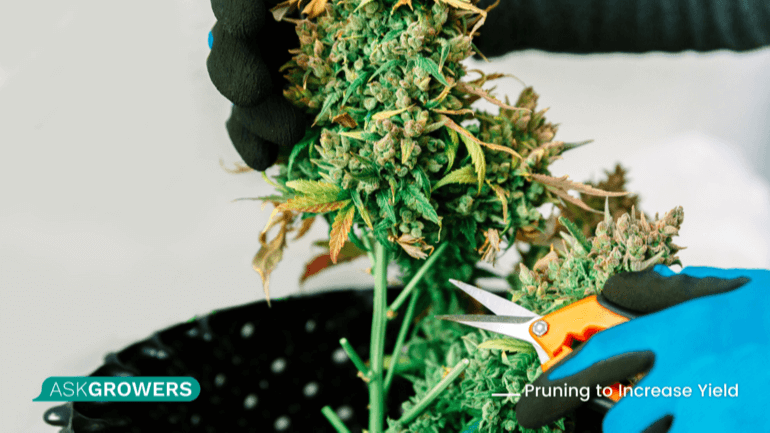
As was briefly mentioned before, by selectively pruning cannabis, a grower can bring the following benefits:
-
Improve air circulation within the plant canopy;
-
Better ventilation;
-
Reduce the risk of mold or mildew growth;
-
Increase the amount of light that reaches the lower parts of the plant;
-
Promote the development of strong and healthy foliage;
-
Redirect the plant's energy toward the growth of healthy leaves and buds.
Overall, the removal of excess fan leaves allows the plant to focus on its healthy, productive growth rather than wasting resources on the maintenance of leaves that are not actively contributing to its development.
There is a debate among experienced growers who are familiar with the stages of growing weed regarding the optimal timing for removing fan leaves: is it during the flowering stage or the vegetative stage?
It is generally considered better to prune fan leaves during the vegetative stage. This is because the plant is in a period of rapid growth and development, and pruning during this time can help to shape the plant and promote healthy bud growth.
Read Also: Fluffy Buds? No Thanks: A Helpful Guide to Growing Dense and Sticky Cannabis
In contrast, during the flowering stage, removing fan leaves can be more controversial. While some growers advocate for the removal of fan leaves during flowering, others argue that doing so can lead to decreased yields and even stress the plant. One reason for this is that fan leaves can provide energy to the plant during the flowering stage, helping it to produce larger buds. Additionally, as the plant approaches the end of its lifecycle, fan leaves turning yellow is normal before they die off naturally. In this case, removing these leaves prematurely can actually be detrimental to the plant's health. It is recommended to wait until your plants have reached a height of approximately 30 cm before defoliation, taking into consideration the specific strain you are growing.
How to Prune Marijuana Plants: Main Techniques

Removing fan leaves, also known as cannabis defoliation, should be done carefully to avoid stressing the plant and affecting its yield. Commonly, certain cultivators prefer to gradually remove fan leaves from their plants during the vegetative phase and even into the early stages of flowering.
However, it is widely acknowledged that causing stress to the crop beyond the third week of the flowering stage is not recommended. Novice growers often make the mistake of assuming that adding more fertilizer will lead to better growth, but that's not always the case. One useful tip is to consider incorporating a small amount of vitamin B complex fertilizer into the regular feed water, as this can help reduce shock and improve the health of the root zone.
This is especially essential if you want to defoliate autoflowers. Autos are generally robust plants; however, due to their inherent genetic makeup, they undergo a shorter vegetative growth period than photoperiod plants. Consequently, they have less time to recover from any excessive stress that could potentially hinder their growth rate.
There are several methods of defoliation that growers can use to help their plants reach their maximum potential. They include the following:
-
Topping;
-
Lollipopping;
-
Mainlining;
-
Schwazzing.
Topping
Topping marijuana plants is a defoliation method that involves cutting off the top of the main stem to promote horizontal growth and increase the number of colas. This technique is usually performed during the vegetative stage when the plant has grown a few nodes.
To top a plant, simply cut off the top of the main stem, leaving a small stump above the node. This will trigger the plant to grow two new branches from the nodes below the cut. The process can be repeated on each of these new branches to produce even more colas and create a bushier plant.
It is important to note that topping can be a stressful process for the marijuana plant, so it's best to wait until the plant has recovered from any previous stress before topping. Additionally, it's vital to make a clean cut with sterilized scissors or shears to prevent any potential infection.
Read Also: Which Weed Growing Method Is Better – Soil, Rockwool, Peat Moss, or Coco Plus Perlite?
Lollipopping
Lollipopping is a cannabis defoliation technique that involves removing the lower branches and foliage of a marijuana plant during the flowering stage. The objective of this method is to create a “lollipop” shape by removing the leaves and branches from the bottom third of the plant. This allows the plant to focus its energy and nutrients on the top part of the plant where the buds are forming.
Lollipopping weed is done by cutting off the lower branches and leaves of the plant, leaving only the top canopy and some of the uppermost lateral branches. It is best to perform lollipopping during the first few weeks of the flowering stage, before the buds begin to form fully. This defoliation method can be particularly useful for indoor growers who are limited in vertical space or growers who want to increase the yield and potency of their buds.
Mainlining
Mainlining is a method that involves removing the plant's main stem tip during the vegetative stage to promote lateral growth. The main goal of mainlining is to create a symmetrical and even canopy, leading to more consistent light penetration and increased yield.
To implement this method, the grower should wait until the plant has at least four nodes and then cut off the main stem tip, leaving two new stems to grow in its place. The two new stems are trained to grow horizontally, with each node receiving equal light exposure. The process is repeated, and each stem is topped again once it has four nodes, creating a network of evenly-spaced branches.
Mainlining is a time-consuming process and requires careful monitoring to ensure that each node receives equal light exposure. However, it can result in larger yields and more uniform buds, making it a popular defoliation method for growers experienced in trimming marijuana plants.
Schwazzing
Schwazzing is a method that involves removing most of the plant's leaves during the early flowering stage except for the top two sets. The plant is then left to recover for a few days before another round of defoliation. The goal is to remove all the leaves and leave only the colas and branches that receive direct light, resulting in larger buds with more substantial yields.
It is crucial to note that this method puts a lot of stress on the plant and should only be done in the early flowering stage. Schwazzing too late can result in stunted growth. It is recommended to start with a smaller number of plants and gradually increase the number as the grower becomes more familiar with trimming marijuana buds. It is best suited for indoor growths with more control over the lighting schedule. Outdoor growers may have more difficulty in implementing this method due to natural sunlight.
Read Also: Cannabis Deficiencies: Symptoms and Solutions
Risks to Consider When Pruning Weed Plants
When pruning weed plants, it is important to exercise caution, especially when dealing with high yield seeds. While pruning can increase the yield of a plant, excessive pruning or heavy defoliation during flowering stage can cause undue stress to the plant and ultimately reduce yield. Additionally, pruning during the flowering stage can delay the flowering process and reduce the overall quality of the flower. Removing too many leaves can impact the plant's ability to photosynthesize, which can result in stunted growth and poor development.
It's also crucial to consider the cannabis growing tools and methods used for pruning. Poorly sanitized tools can spread disease and damage the plant, while improper techniques can lead to excessive damage and stress. Use sharp, clean instruments and be cautious when removing leaves, ensuring that only the necessary ones are taken and that the plant is not overpruned.
Read Also: Why Beginners Should Choose Autoflowering Strains
Conclusion
Pruning fan leaves is a vital aspect of cannabis cultivation that can have a significant impact on the growth and yield of the plant. Different defoliation methods, such as topping, lollipopping, mainlining, and schwazzing, can be employed depending on the grower's preferences and strain characteristics. As with any aspect of cannabis growing, it is crucial to be knowledgeable and equipped with the right tools to ensure optimal growth and yield.

 Growing
Growing

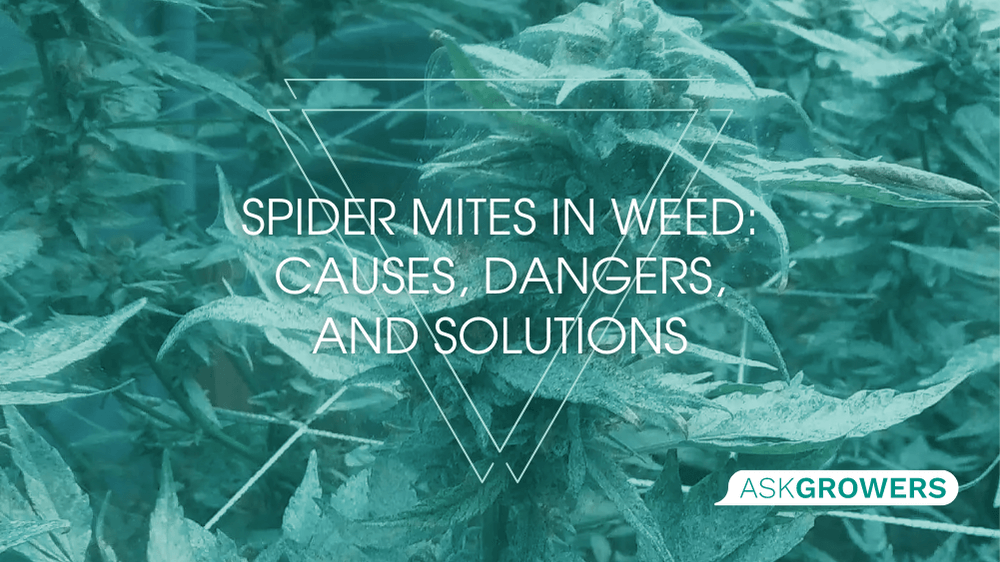

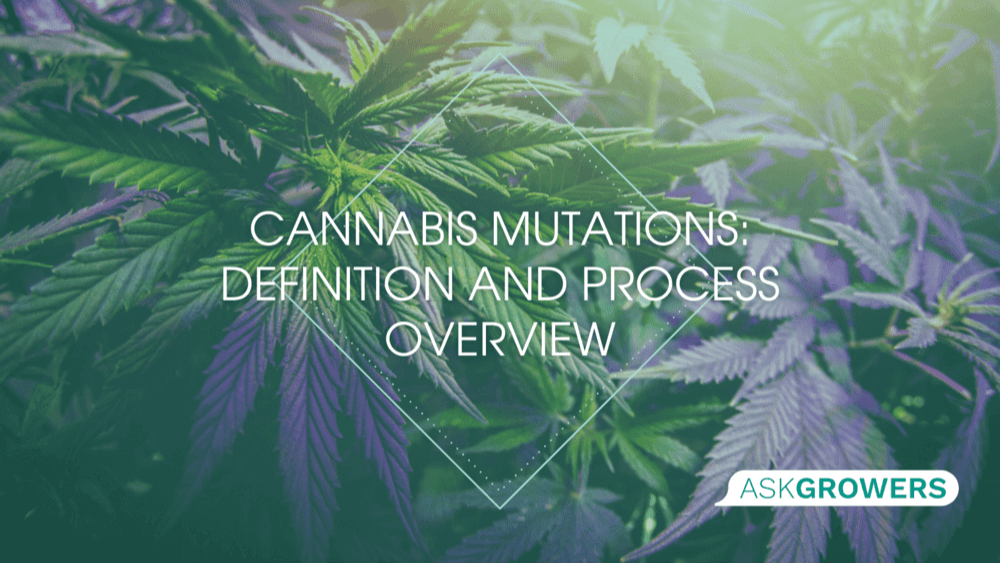
.png)

 (1).png)
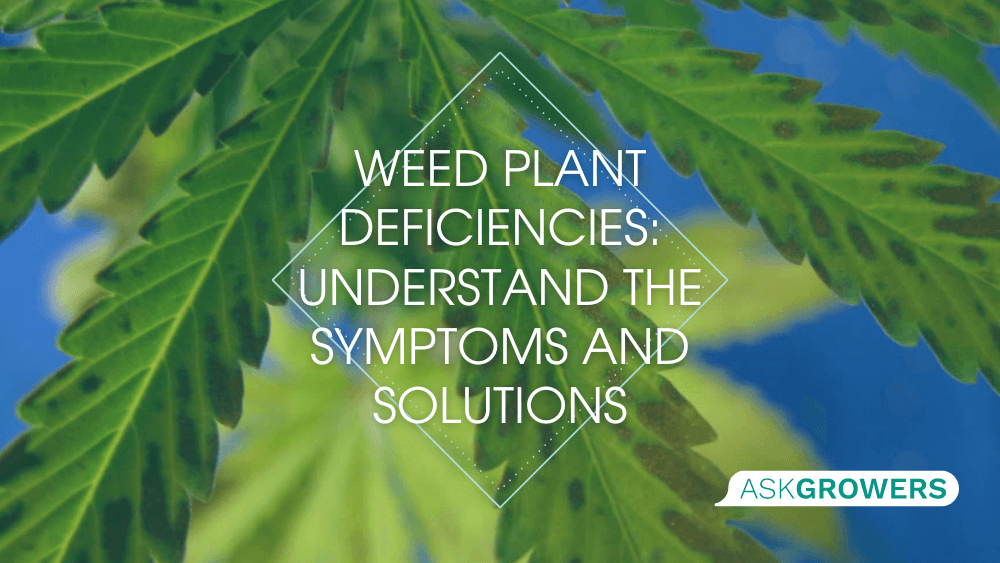
.jpg)

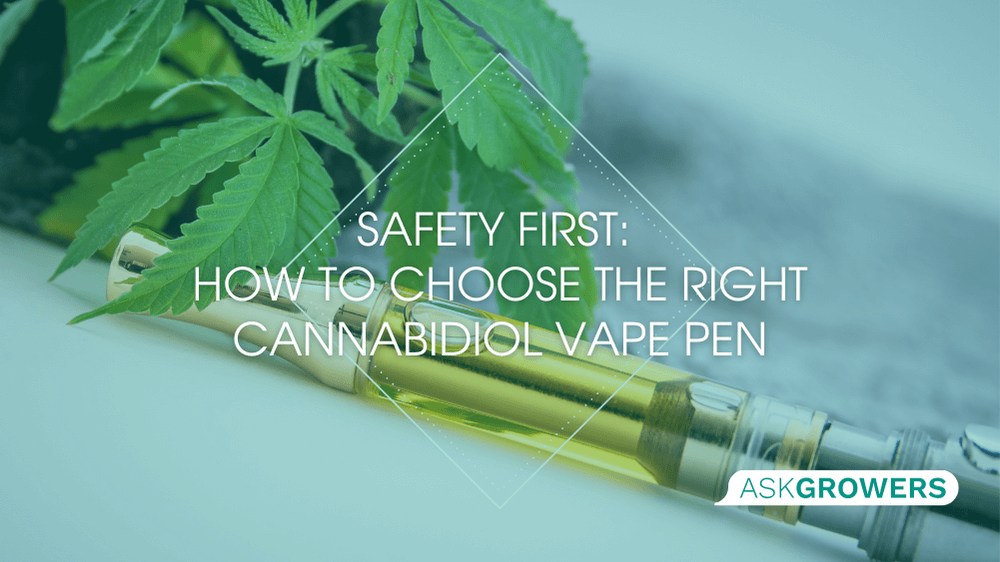
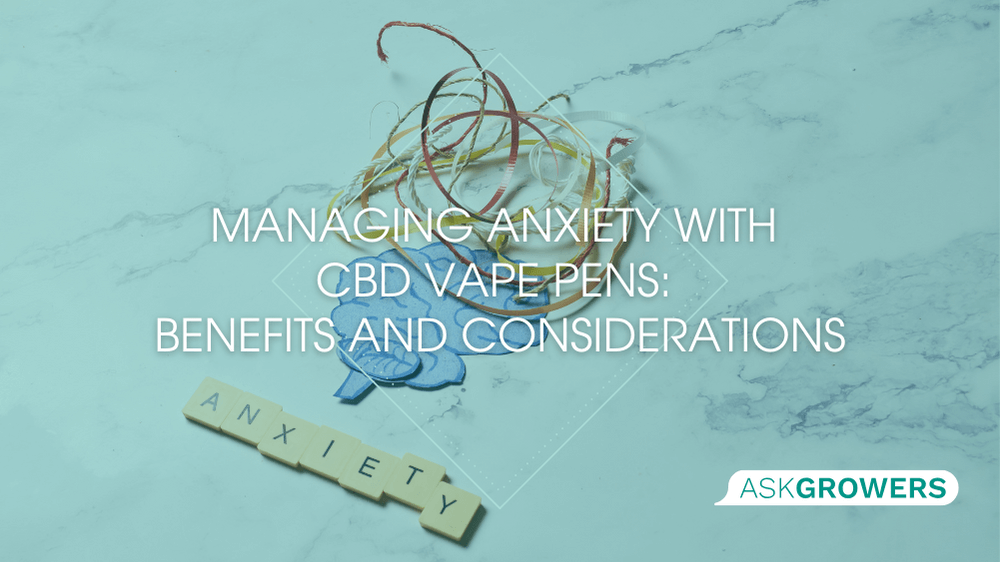
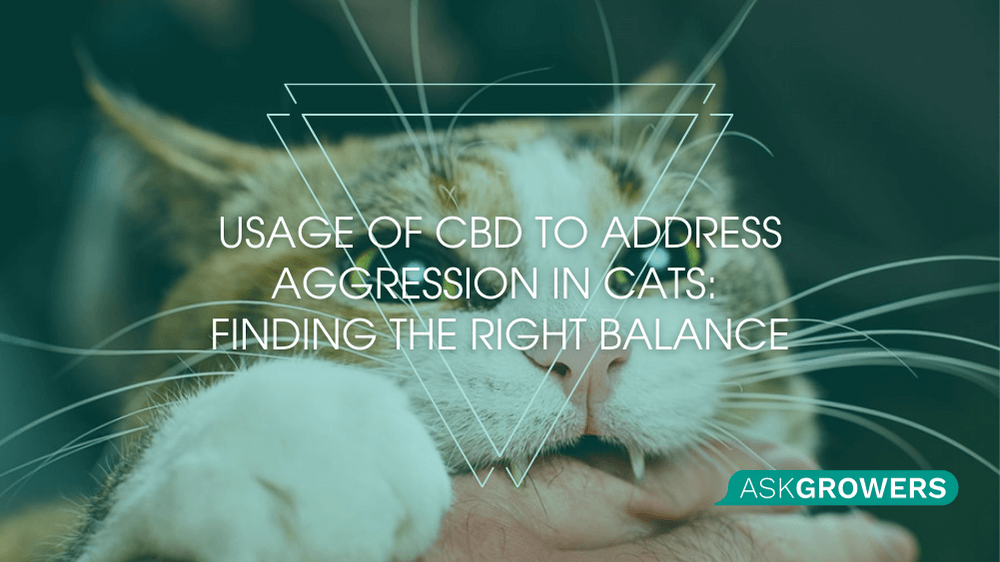
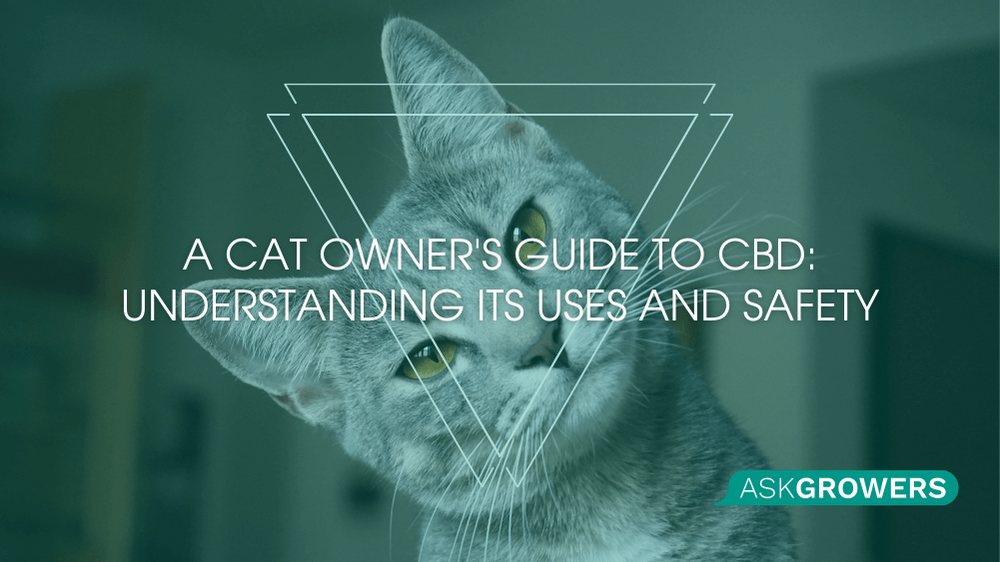
Be the first and share your opinion
Write a Review